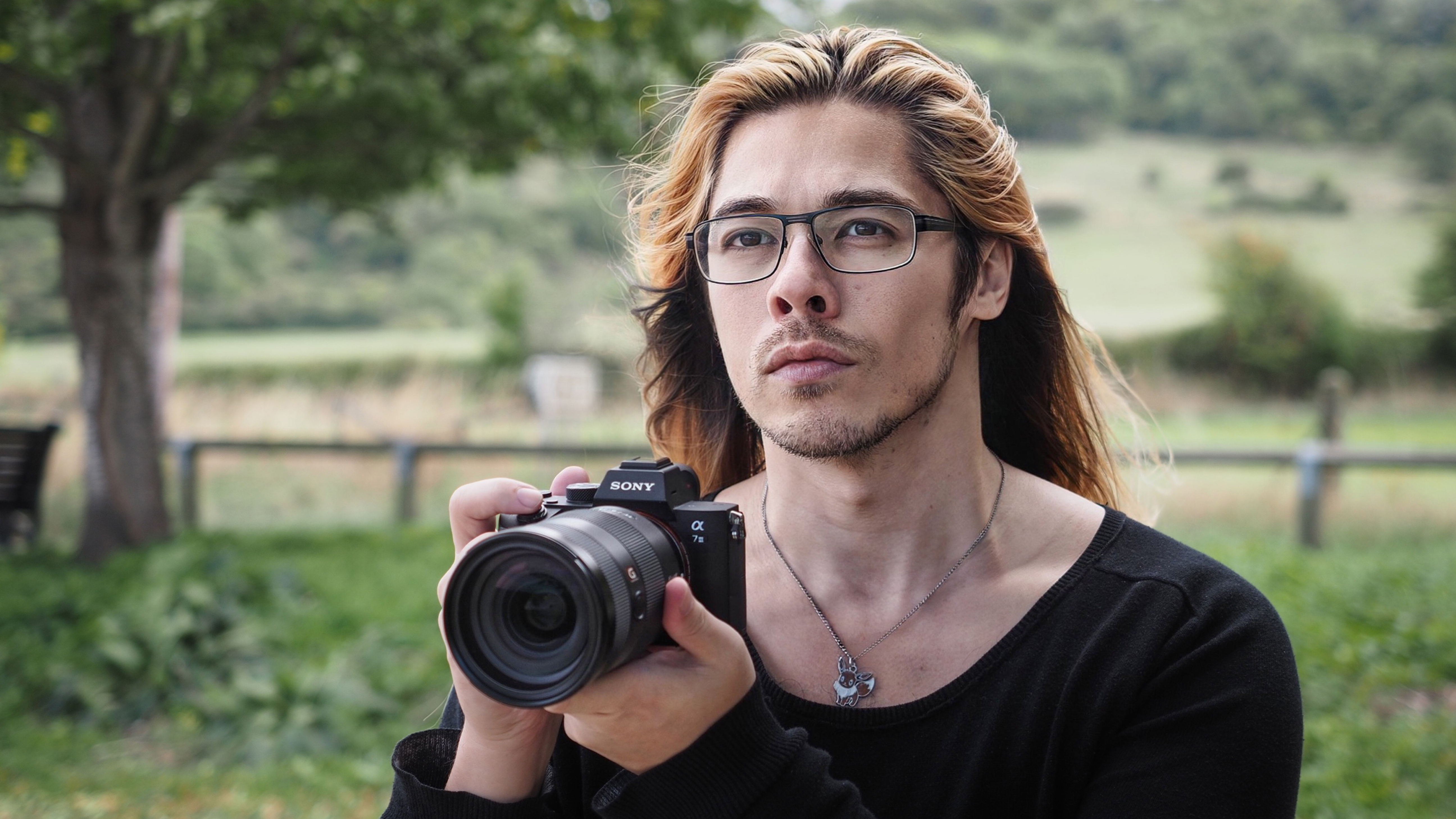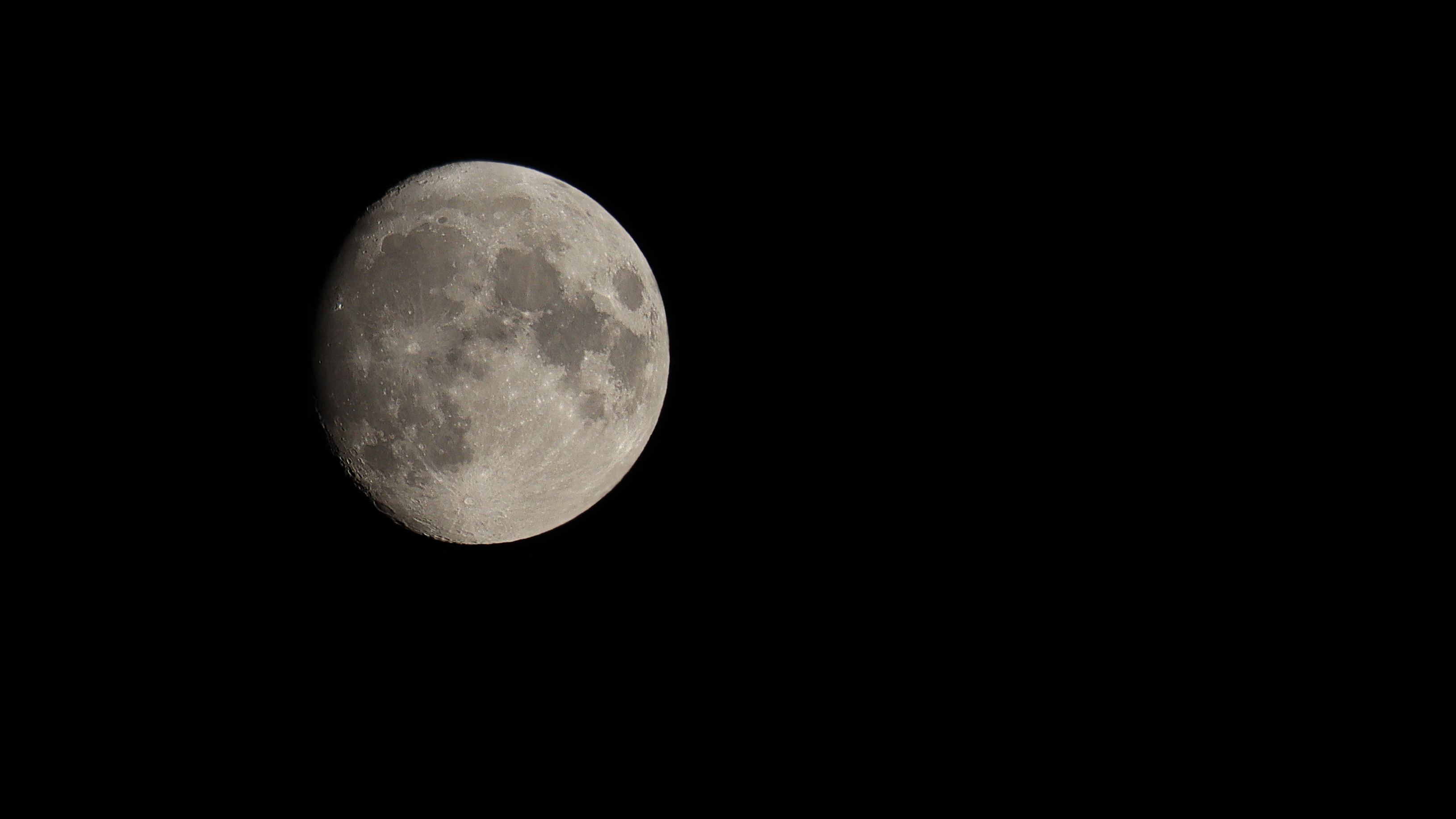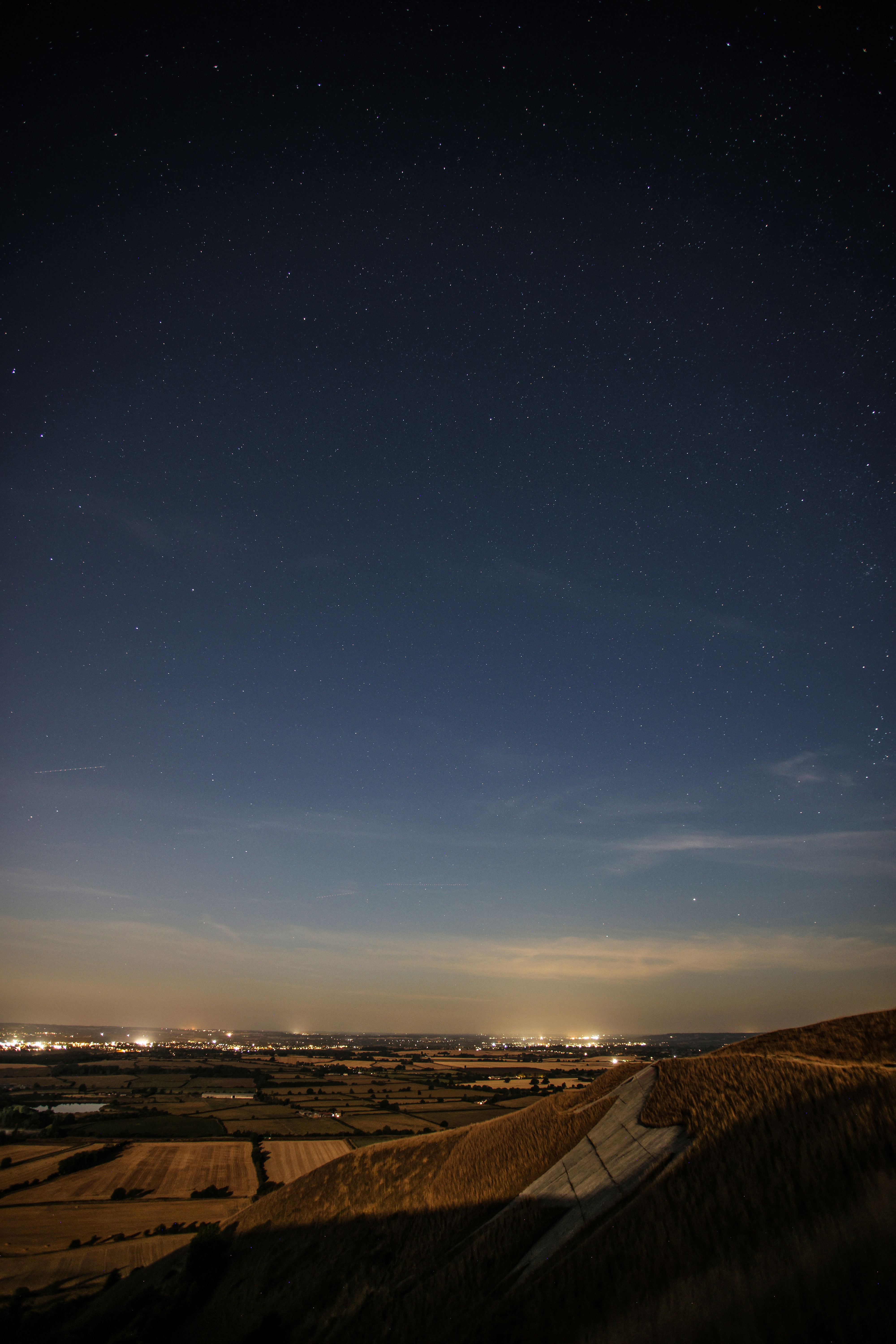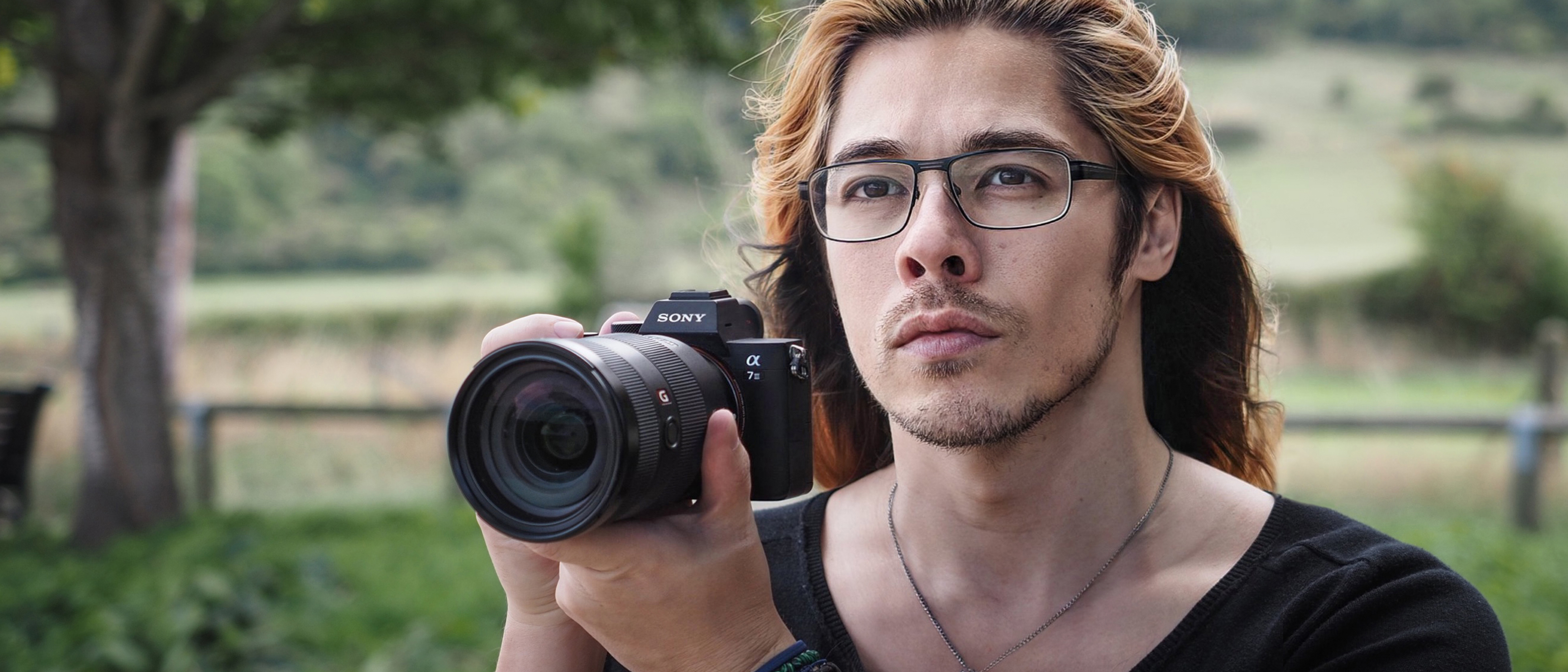Live Science Verdict
The Sony A7 III is a jack of all trades, and despite its age is still able to turn its hand to any task. This affordable workhorse won't let you down.
Pros
- +
Affordable and powerful
- +
Great low light performance
- +
Shoot while USB charging
Cons
- -
Tilt-only screen
- -
Menu system is unfriendly
- -
Minor "star eater" issue
Why you can trust Live Science
Type: Mirrorless
Sensor: 24.2MP full frame CMOS
Lens mount: Sony E
ISO range: 100-51,200 (exp 50-204,800)
Viewfinder resolution: 2.36m dots
Video capability: 4K 30p / 1080p 120p
Weight: 1.43lbs
Size: 5 x 3.8 x 2.9 inches
Memory card type: 2x SD
If you're confused by all the different Sony Alpha 7 models out there, don't worry – it's simpler than it seems. There's the Sony A7, which is the affordable all-purpose camera – and the product family to which the Sony A7 III belongs. Then there's the Sony A7R, which is geared towards high-resolution imaging, and the Sony A7S, which is a video / low light specialist.
The Sony A7 III was released in 2018, which seems like an eternity in camera years. So is it still worth recommending, especially when the Sony A7 IV has recently launched? The answer is a definite yes. While the A7 IV is a formidable camera, which outdoes its forebear in almost every way, accordingly it comes with a significant price tag.
The A7 III, meanwhile, is still a very capable imaging machine – and since it is still being made and marketed by Sony, it is available with a significant saving on its original price tag. And being a Swiss Army Knife of a camera, it's a great option for portraiture, landscapes, sports and action, and it's one of the best astrophotography cameras as well.
With its 24.2MP image sensor, 4K 30p video, 10fps continuous shooting speed and sophisticated hybrid autofocus system, this camera delivers high quality stills and video supported by plenty of horsepower, with a particular strength for low light shooting that makes it well equipped to tackle challenging situations.

Sony A7 III review: Design
- Compact and lightweight
- Optional battery grip
- Autofocus point joystick
Like the rest of the Alpha 7 line, the A7 III is a small and light camera body that fits well in the hand and puts all the controls exactly where you'd expect them to be. Well, mostly; the location of the REC button is a quite close to the AF-ON button, so if you're a back-button focuser then expect to record a couple of movies by mistake!
There's a slight mismatch between the svelteness of this camera and the generally oversized nature of Sony's top E-mount lenses. Thankfully, if you want to make the body balance better (or if you just prefer chunkier DSLR-sized handling), the optional VG-C3EM battery grip adds vertical purchase and controls, increases your battery life, and maintains the sleek profile of the camera.
There are plenty of customizable controls, all of which are very welcome whether you want to map your own inputs for instinctive astrophotography shooting in the dark, or muscle memory fingertip adjustments without taking your eye away from the finder while capturing wildlife. To this end, the joystick makes it a breeze to make quick or fine adjustments to your focus point – and if you're used to shooting outdoors in the cold, a physical input won't let you down when touchscreens fail to recognize ice cold fingers.
As with all Sony cameras, the quality of the external design sadly isn't matched by the menu system. There are 35 individual menu screens, with little instinctive tethering between them, so be prepared to search high and low for even the most basic settings until you find your way around.

Sony A7S III review: Functionality
- Back-side illuminated sensor
- USB charging while shooting
- Hybrid autofocus system
Even though the camera is getting on in years, the original design was so ahead of its time that it almost future-proofed itself. The back-side illuminated sensor is a great example; this design places the circuitry on the rear of the image sensor, rather than on the front where it gets in the way of light absorption. The improved light-gathering, combined with impressive ISO sensitivity, is what makes the A7 III a great performer in low light.
One of the most useful features for anyone working out in the field is the ability to charge the camera via USB. While many modern cameras offer USB charging these days, it's still uncommon for them to offer charging while the camera is in use. Again, the forward-thinking A7 III comes good here, as you can plug in a USB power bank and keep shooting when your battery runs dry.
The autofocus system, too, is still among the best on the market, with 693 phase-detect AF points, 425 contrast-detect points, and even Real Time Human and Animal Eye AF. For reference, that eclipses even contemporary cameras like the Nikon Z6 II, which only has 273 hybrid AF points. Whatever you want to take photographs of, this camera can handle it (including fast moving sports, as the AF system is taken from the former flagship sports camera, the Sony A9).

Sony A7S III review: Performance
- 13 stops dynamic range
- Very low noise
- Beware "star eating"
While we didn't achieve the 15 stops of dynamic range quoted by Sony, we managed to squeeze a still-fantastic 13 stops out of the A7 III – which is music to the ears of astrophotographers, who can keep the ISO down to 100 and still achieve incredible amounts of detail.
The back-side illuminated sensor means you can also push the ISO while introducing minimal amounts of noise. Indeed, the sensor handily outperformed its contemporaries from Canon and Sony in our experience – and while sensor technology has moved on since the A7 III's release, many cameras today are still using sensors from that same time period. So you know that this one is at least as good as the competition.
Like other Sony A7 cameras, the A7 III is a victim of the "star eater" phenomenon – where Sony's aggressive noise reduction system misreads stars and 'eats' them, having misidentified them as noise or hot pixels (a phenomenon that's even baked into the RAW files). This camera tends to exhibit the issue when shooting long exposures from four seconds and above – it's not as egregious as earlier generations, but is definitely something to be mindful of.

Sony A7 III review: Should you buy?
Forget about its age – the only thing 2018 about this camera is the price! It still provides very capable performance on par with many models on the market right now, but at a much more pocket-friendly price. In fact, thanks to all the firmware upgrades and the dramatically increased lens lineup, the A7 III is a far superior camera today than it was upon release.
We wish the screen was fully articulating, and Sony's menus are notoriously tricksy, but otherwise there's little not to love about this camera. It can turn its hand to anything from fast-moving sport to iris-tracking portraits to stargazing astrophotography shots. The Sony E-mount is very well populated with lenses and, thanks to it being an open format, there's a wealth of affordable third-party optics available as well, making this a very budget-friendly option that delivers commercial quality results.

If this product isn't for you
The current top-of-the-tree astro camera is the Canon EOS Ra, though this model has been discontinued and can be hard to find. This was Canon's specially modified EOS R into a dedicated astrophotography body, with a full frame sensor boasting 30.3MP, a modified IR filter (to better capture astral phenomena) and a powerful 30x magnification to ensure that your stars and nebulae are precisely focused.
Those sufficiently experienced to move onto a dedicated CCD camera should check out the ZWO ASI183MC (Color). This features a star-sensitive Sony sensor, with a fan-cooled system to keep noise minimal, which produces 12 stops of dynamic range and impressive spectral response.
And if you want a gentle introduction to star shooting, or you simply want a phone that does the job best, look no further than the Samsung Galaxy S22 Ultra. It's a great value way to explore astrophotography, thanks to its f/1.8 primary and f/2.2 ultra-wide cameras combines with the manual power of Pro mode.
The editor of Digital Camera World, James has 21 years experience as a magazine and web journalist. He has worked professionally in the photographic industry since 2014, when he started as an assistant to Damian McGillicuddy (who succeeded David Bailey as Principal Photographer for Olympus). In this time he shot for clients as diverse as Aston Martin Racing, Elinchrom and L'Oréal, in addition to shooting campaigns and product testing for Olympus, and providing training for professionals. This has led him to being a go-to expert on cameras and lenses, photographic and lighting tutorials, as well as industry analysis, news and rumors for publications such as Digital Camera Magazine, PhotoPlus: The Canon Magazine, N-Photo: The Nikon Magazine, Digital Photographer and Professional Imagemaker, as well as hosting workshops and demonstrations at The Photography Show. An Olympus (Micro Four Thirds) and Canon (full frame) shooter, he has a wealth of knowledge on cameras of all makes – and a particular fondness for vintage lenses and film cameras.












